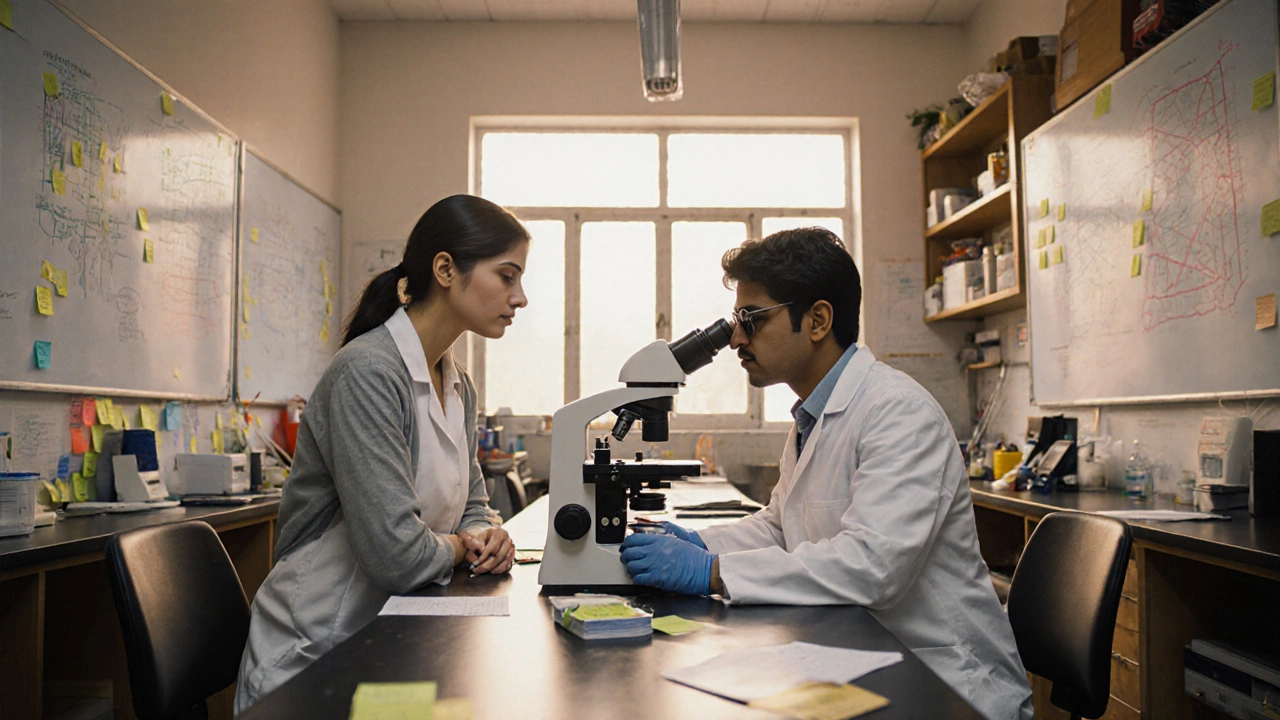Science Collaboration: How Researchers Work Together to Drive Innovation
When scientists from different labs, countries, or even fields join forces, that’s science collaboration, the process where researchers pool knowledge, tools, and data to tackle problems too big for one person or team to solve alone. Also known as scientific collaboration, it’s not just about sharing lab space—it’s about building trust, aligning goals, and turning individual expertise into collective breakthroughs. This isn’t theoretical. In India, teams from IISc Bangalore, CSIR labs, and universities in Kerala and Punjab are already working together on everything from affordable diagnostics to climate-resilient crops. The results? Faster discoveries, better funding, and real impact on people’s lives.
What makes this work isn’t fancy software or big budgets—it’s the core dimensions of collaboration, the hidden rules that keep teams moving forward: clear communication, mutual respect, and shared ownership of outcomes. You can have the smartest people in the room, but if no one trusts each other or knows who’s doing what, the project stalls. That’s why successful research partnerships, whether between a university and a startup or across continents, always start with honest conversations about roles, credit, and expectations. And when you add interdisciplinary collaboration, where biologists work with data scientists, engineers with social scientists, or mathematicians with medical researchers, the solutions become more creative, more practical, and more powerful.
Global challenges like pandemics, clean energy, and food security don’t care about borders. That’s why international collaboration, the practice of scientists from different countries working side by side on shared goals is no longer optional—it’s essential. Indian researchers are now part of global networks studying neutrino physics in Antarctica, tracking air pollution across Asia, and designing open-source tools used in Africa and Latin America. These aren’t just prestige projects. They’re lifelines for communities, engines for innovation, and proof that science works best when it’s open and inclusive.
Behind every big discovery, there’s a team. Not a lone genius in a lab coat, but a group of people who showed up, listened, shared data, argued respectfully, and kept going—even when things got messy. That’s what science collaboration really is. And in this collection, you’ll find real stories, practical guides, and hard-won lessons from researchers who’ve done it. Whether you’re asking how to reach out to a potential partner, what makes teams stick together, or how to turn a lab idea into something the public can use, the answers are here. No fluff. Just what works.











